Algorithmic Rules for Semantic Disambiguation in Arabic: A Computational Linguistic Study
DOI:
https://doi.org/10.56989/benkj.v5i4.1446Keywords:
Algorithmic rules, Artificial intelligence, TaggingAbstract
Human intelligence has evolved, and humans have exploited it to create artificial intelligence. Artificial intelligence is the ability of a machine to produce certain words, or the ability of a robot (or "robot")—as some linguists call it—to correct written texts. This research aims to develop Arabic algorithmic rules to remove semantic ambiguity from texts or sentences to be translated by computer. To this end, the researcher adopted a descriptive and analytical approach to tag words and generate a number of computer tags to clarify and reveal the correct meaning, avoiding the overlap of words and the difficulty of interpreting them. Therefore, the researcher recommends exploring the topic of computer algorithmic rules, as they represent a major shift in the history of the Arabic language in this regard. The study reached a number of conclusions, most notably: theoretical efforts remain the primary reference for computer work; there is difficulty in identifying methods for constructing corpora; and theoretical work exists, but it lacks the ability to translate them automatically.
Metrics
References
أولا. باللغة العربية:
- مهديوي، عمر (2019): اللسانيات الحاسوبية واللغة العربية-إشكال وحلول، -كنوز المعرفة-، ط1.
- اللغة العربية والهندسة اللغوية (2011): مدخل ضمن كتاب اللغة العربية والتنمية البشرية الواقع والرهانات، الجزء2، منشور سرهو.
- التميمي، أفراح عبد العزيز، نظام آلي للتقطيع والتَّوسِيم النحوي العربي، ط1، كنوز المعرفة.
- علي، محمد يونس، مدخل إلى اللسانيات الحديث، دار الكتاب الجديد المتحدة.
- حسان، تمام، الفكر اللغوي الجديد، ط1، عالم الكتب.
- إسماعيل، عبد الرؤوف محمد (2017): تكنولوجيا الذكاء الاصطناعي وتطبيقاته في التَّعليم، ط1، عالم الكتاب.
ثانيًا. باللغة الإنجليزية:
McEnery, T. Wilson, A. (2011): Corpus Linguistics (An Introduction). University press, Edinburgh, UK, P16.
Downloads
Published
How to Cite
Issue
Section
License
Copyright (c) 2025 Ibn Khaldoun Journal for Studies and Researches

This work is licensed under a Creative Commons Attribution-NonCommercial 4.0 International License.

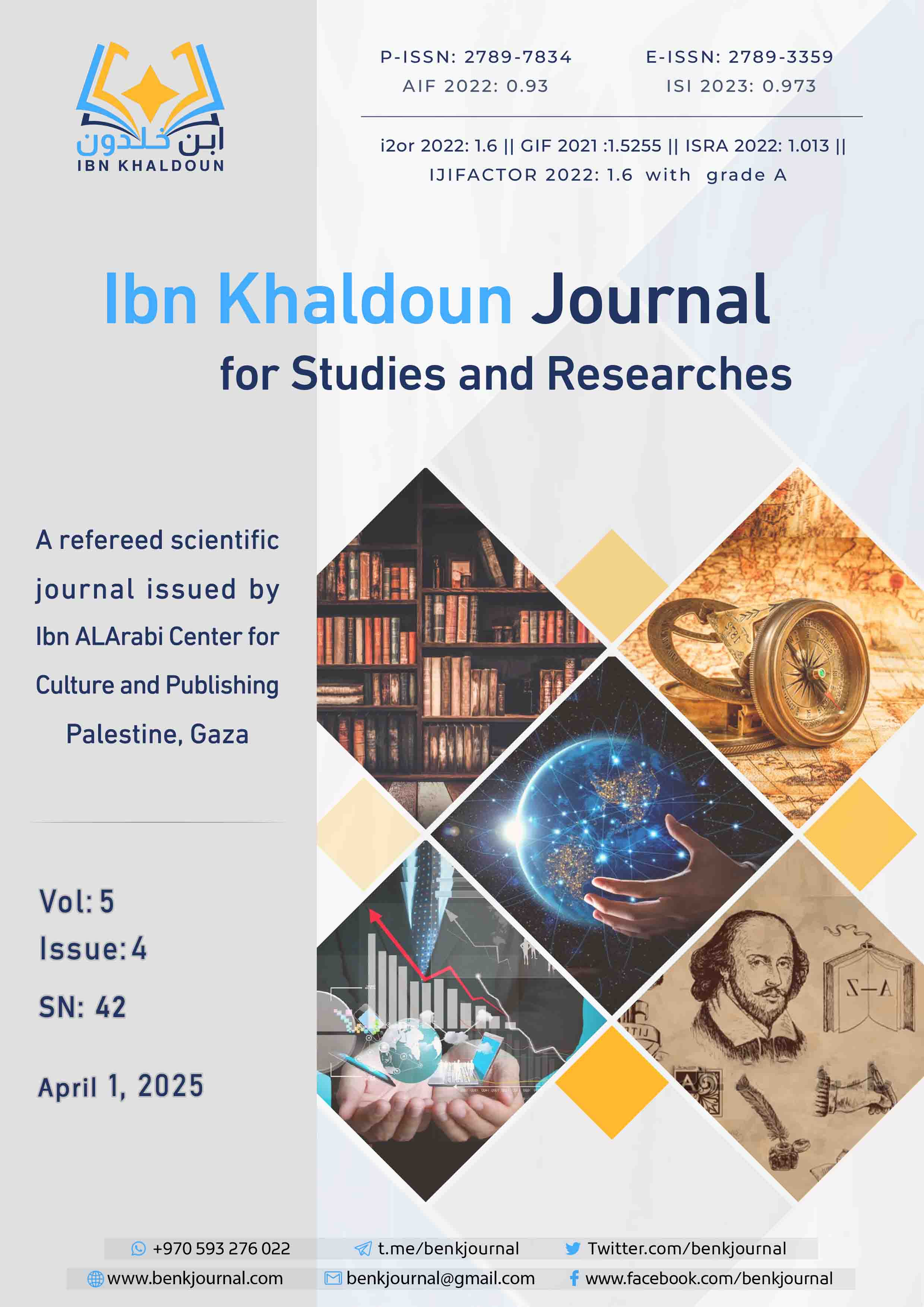
















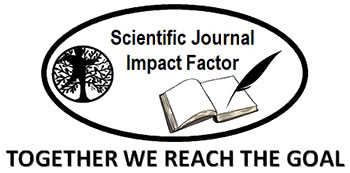
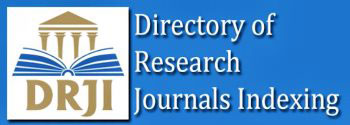

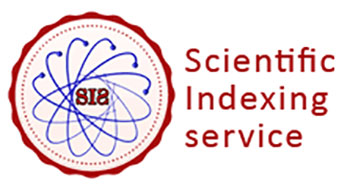
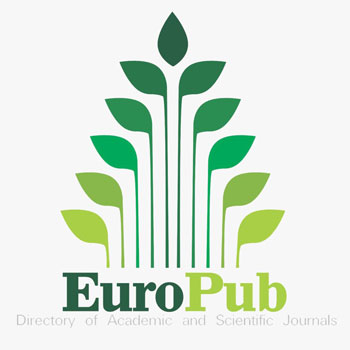




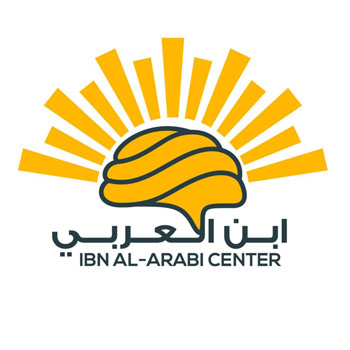



 ElDjawda Soft
ElDjawda Soft